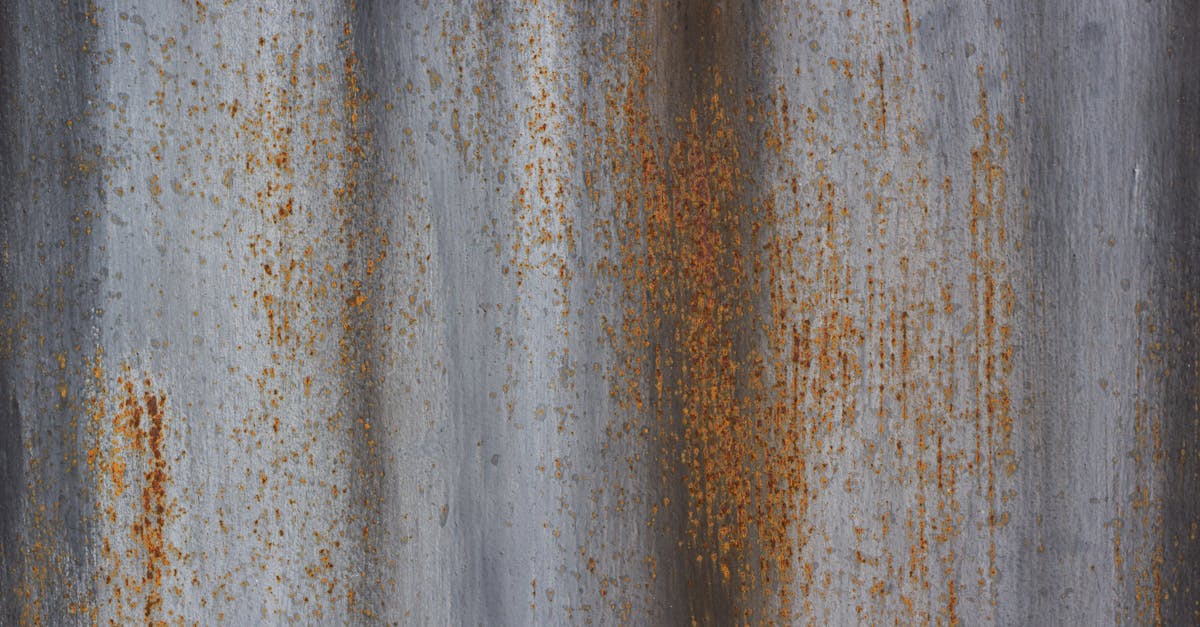Tile For Aluminum Roof Substitution Australia

Table Of Contents
Tile For Aluminum Roof Substitution Australia
When considering roof replacement in Sydney, it's essential to understand the various materials and methods available to ensure your home remains functional and aesthetically pleasing. With the growing popularity of tile and ceramic options for metal roofing substitution, homeowners are increasingly looking for innovative solutions to enhance their properties. Among these solutions, the integration of Roof Ventilation Systems Sydney has become a crucial aspect to maximize energy efficiency and prolong the lifespan of the roofing materials.
Choosing the right roofing material not only affects the durability of the structure but also plays a significant role in maintaining optimal indoor temperatures. In NSW, many homeowners are opting for tile and ceramic alternatives to traditional aluminum roofing for their unique benefits and appeal. Additionally, the installation of roof ventilation systems sydney ensures that excess heat and moisture are effectively managed, leading to a more comfortable living environment while reducing the potential for costly repairs in the future.
Benefits of Switching from Tile Roofs to Aluminum
Switching from ceramic roofs for aluminum offers numerous pros for homeowners. A primary pro is durability. Steel roofing are famed for their ability to withstand harsh weather conditions, such as heavy rain, snow, and strong winds. Such a durability translates into a longer lifespan compared to traditional ceramic options. In addition, aluminum roofs are less heavy, making installation easier and more cost-effective for homeowners.
An additional advantage of changing to aluminum roofing is energy efficiency. Metal roofs reflect sunlight, which can help decrease cooling costs during hot summers. This not only assist to lower energy bills, but they also promote a more comfortable indoor environment. Moreover, many aluminum roofing options are designed to be environmentally friendly, creating a greener choice for homeowners looking to improve their home's efficiency.
Reasons Upgrading to Steel Roofing in Sydney Area
Upgrading to steel roofs can be an significant choice for residents of New South Wales. This kind of roofing offers enhanced durability against extreme weather conditions, which is essential in this climate. Additionally, steel roofs demand minimal maintenance, saving homeowners time and money over the years.
Another advantage of upgrading to steel roofing is its ability to save energy. Steel roofs reflect heat effectively, which can aid in reducing cooling costs during the hot summer months in New South Wales. Moreover, these roofs are environmentally friendly, often made from recycled materials and being fully recyclable at the end of their lifespan. Such blend of benefits makes this option to change to steel roofing a prudent investment for residents of the area.
Frequent Challenges During Replacing Tile Roofing to Metal
Replacing ceramic roofing to aluminum can introduce several challenges for homeowners. A primary problem is the load difference between ceramic and aluminum materials. Tile roofs are generally heavier, which may require adjustments to the existing roof structure to ensure it can support the new material. Moreover, the transition from one roofing type to the other often requires compliance with local building codes, which can add complexity to the project.
Another typical problem involves the possible for leaks or gaps during the installation process. Metal roofs require precise fitting and sealing to prevent water infiltration, which can lead to issues down the line. Inadequate installation techniques may not only compromise the roof's integrity but also result in higher maintenance costs. In addition, the shift in roofing style may also affect the home’s overall aesthetic, prompting owners to evaluate their choices carefully before proceeding.
Methods to Tackle Problems of Roof Replacement
Transitioning to a metallic roof from a tiled roof can present various problems. One concern is a structural integrity of the existing framework. Before the installation, it is essential to assess the condition of the underlying structure. Identifying weaknesses in the frame can lead to difficulties during the replacement process. Conducting necessary reinforcements can ensure a successful transition to the new roofing material.
An additional issue that may arise is in regard to the adaptation of the roof's design. Metal roofing systems can differ greatly in style compared to tiled roofs. Homeowners should consider how the new roof will fit with the overall design of their home. Careful planning and consultation with roofing professionals can help in selecting a style that complements the existing structure. These steps can considerably enhance both the efficiency and aesthetic appeal of the home.
Understanding Fitting Steps for Slate to Steel Roofing Replacement
Replacing your tile roofing with steel often is one crucial home improvement project. This implementation procedure requires detailed planning as well as a suitable materials. To start, a existing roofing must be safely removed, that ensures a strong structure for the new steel roofing.
Following this, a implementation of the replacement steel roofing may commence. This procedure involves installing each steel panels across the set system. Accurate sealing and fastening are critical to ensure rain resistance and longevity. Finally, the final inspection is imperative to verify all aspects remain installed properly.
Step-by-Step Explanation of Roof Transition Process
Replacing from ceramic roof to a metal roof can seem intimidating at first. Nonetheless, through a detailed overview, this process turns easier. First, it is critical to inspect the existing tile roof for any issues or defects. Next, gently remove the tiles while making sure the underlying structure remains unharmed.
After the tiles are removed, installing the metal roofing demands proper preparation of the decking. The step involves adding a moisture barrier to protect the roof from water damage. Following, the metal panels can be attached to the roof structure with the appropriate fasteners. Finally, it is vital to ensure all seams are sealed properly to stop leaks. Finishing the project involves a thorough inspection to ensure everything is set correctly.